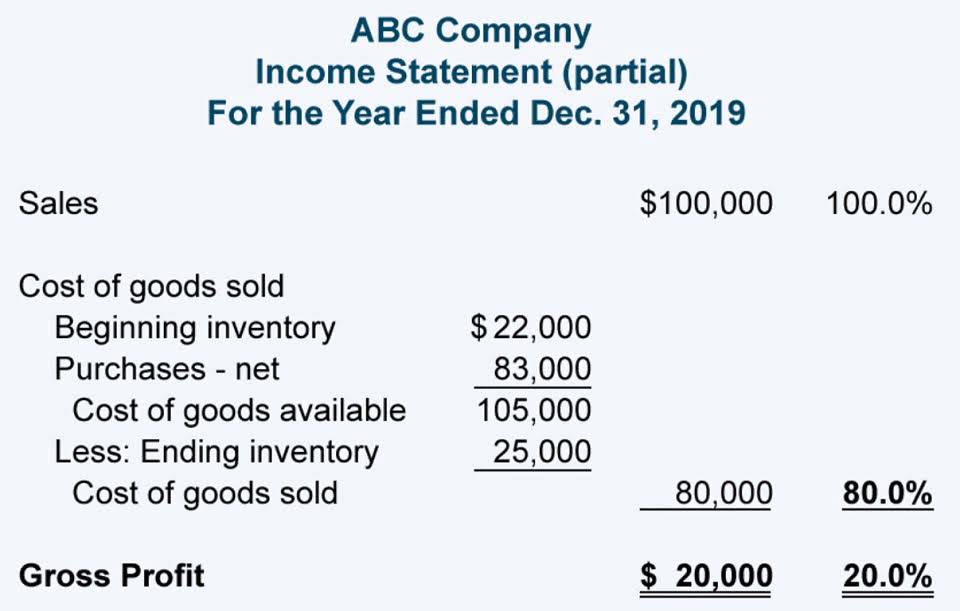
Invoice discounting is a common form of invoice financing that works as an asset-based loan, using unpaid invoices as collateral. Invoice factoring is another form of invoice financing in which companies sell their unpaid invoices to the factoring company, which is then responsible for collecting payment from customers. When businesses sell products or services, they often extend credit to customers such as retailers or wholesalers. Companies cannot access the funds they are owed until customers pay their invoices, which can lead to cash flow problems.

Bookkeeping – 6 Steps to get your business books/accounts in order
Because your invoices serve as collateral, invoice financing can be easier to qualify for than other small-business loans, although borrowing costs can be higher. You still own the unpaid invoices and remain responsible for collecting payment on them. Reviewing details of your outstanding invoices can give you a better idea of how much of a loan you can get and how much it might cost. This is because many A/R financing lenders only issue a percentage of your invoice amounts.
- Bankrate.com is an independent, advertising-supported publisher and comparison service.
- However, lenders are more concerned with your customers’ creditworthiness since they’re the ones repaying the invoices.
- In addition, have a bank validation process in place that ensures you’re paying the right vendor or supplier.
- Learn about the types of finance, approaching lenders and investors and more.
Juni: Spend management software for digital commerce brands
Accounting Today is a leading provider of online business news for the accounting community, offering breaking news, in-depth features, and a host of resources and services. Just because you process a significant number of invoices each month is no excuse for not ensuring each reflects the goods and services you received. Cross-reference invoices with purchase orders, contracts, and delivery or service completion records. In addition, have a bank validation process in place that ensures you’re paying the right vendor or supplier.
Small Business Trends

However, because it can be an expensive form of financing, we recommend using an APR calculator to understand its true cost. You can also consider other types of loans, including our recommendations for the best working capital loans. Regardless of what you choose, be sure to shop rates from multiple lenders to get the best rate possible. The main criteria considered used to determine if a business can qualify for accounts receivable financing are the creditworthiness of their customers and the amount of time the invoices will be out for.
In addition, as mentioned above, you are responsible for collecting the invoices due from your customer and must reimburse the lender for the amount borrowed. To find a platform that does all that, you need to make sure you’re making your selection with the unique needs of your business in mind. You should explore all of the traditional and alternative financing options available to you and consider consulting an expert if you need advice. Invoice factoring and invoice financing are often used interchangeably; however, there are differences between these two types of funding. Here’s everything you need to know before embarking on your quest to use invoice financing for your business. Our partners cannot pay us to guarantee favorable reviews of their products or services.
The company also has a special division, Porter Freight Funding, which is dedicated to working with businesses in the transportation industry. While often lumped in with loan options, invoice factoring isn’t technically a loan. When you sign on to work with invoice financing a factoring company, they pay you for the invoice and take on the responsibility of collecting payment from the client. Once your customers have paid the invoices owed to your business, the final step will be for you to pay off the A/R financing company.
- Impact on your credit may vary, as credit scores are independently determined by credit bureaus based on a number of factors including the financial decisions you make with other financial services organizations.
- Invoice factoring can be a great option if you need money for your business quickly.
- Stripe offers lots of integrations with ecommerce platforms, subscription management systems, and accounting software—including Invoice Simple.
- Invoice-based financing can be particularly advantageous for businesses that extend customer credit.
- It’s estimated that invoice fraud can cost around $280,000 a year for an average mid-market company.
- The main benefit of accounts receivable financing is that it frees up the cash tied to your outstanding invoices.
If you’re undergoing rapid expansion
Google Pay lets customers store their payment information, like their credit card, in the Google Pay wallet. This makes online purchases easy when https://www.bookstime.com/ customers use Chrome and other Google products. But while many people use Google, not everyone does, so you need other payment options as well.
Invoice financing lenders consider several factors in making their decision to accept your company as a borrower. Your business is thriving, with orders flying off your warehouse shelves. Your recent marketing campaign worked, and your new products are a big hit. But despite the booming sales, your cash flow is more like a trickle. While it shouldn’t be the only factor that guides your decision, you can’t ignore pricing when choosing a solution. The information in this guide can help you make your decision, but ultimately, you need to factor in considerations about your business and its needs when choosing a platform.
Top accounts receivable financing companies
- The price of expense management software varies depending on the size of your business and what industry you operate in, as this will impact which platform you choose.
- When invoice financing is structured as a line of credit, you receive access to an account with a limited amount of money you can borrow from.
- This makes online purchases easy when customers use Chrome and other Google products.
- Both invoice financing and invoice factoring secure financing with outstanding invoices.
- This model not only improves liquidity but also means you can reinvest in growth initiatives immediately, without having to wait for cash from accounts receivable to come in.
- An invoice financing company advances you a percentage of the invoice value in exchange for a small fee.
If you think invoice financing can meet your needs, you’ll want to find the right lender and start the application process. Invoice financing is usually a better option for businesses that want to maintain control over invoices and deal with their customers directly. Factoring can be a better solution if you don’t mind giving up control of invoices and you trust the factoring company to be respectful and professional when dealing with your customers. Invoice financing companies can charge fees in different ways, but usually they charge a flat percentage (1% to 5%) of the invoice value.
With this funding method, businesses use their unpaid invoices, or accounts receivables, as collateral to qualify for capital. Accounts receivable financing gives you a cash advance on invoices you’ve issued to customers but have not yet received payment for. Most lenders advance up to a certain percentage of the outstanding invoice amount and will charge a weekly or monthly fee until the loan is repaid. Instead of focusing on your credit score and other financials, invoice financing companies are more interested in your invoices and customers’ creditworthiness.…





 …
…